Why Previsualization is Important for Videos
It's a common saying in film production when having encountered an issue on the day of filming for the person in charge to turn to the second person in charge and say 'We'll fix it in post.' This notion of essentially kicking the issue down the chain can be frustrating for those involved in take the footage and delivering the final product to the client. This can be ESPECIALLY frustrating if you are that person, a jack of all trades who is involved with both the video production and post production process.
I have a similar saying, though not as catchy. I like to fix my problems (or to ensure the least amount possible) in the preproduction phase of creating a video. This action often requires planning, organization, location scouting, and previsualization. The results, however, are always worth the extra time.
In this blog, I will take you through my process for previsualizing scenes and show you some before and after pictures from a commercial I made for Ashley HomeStore Canada.



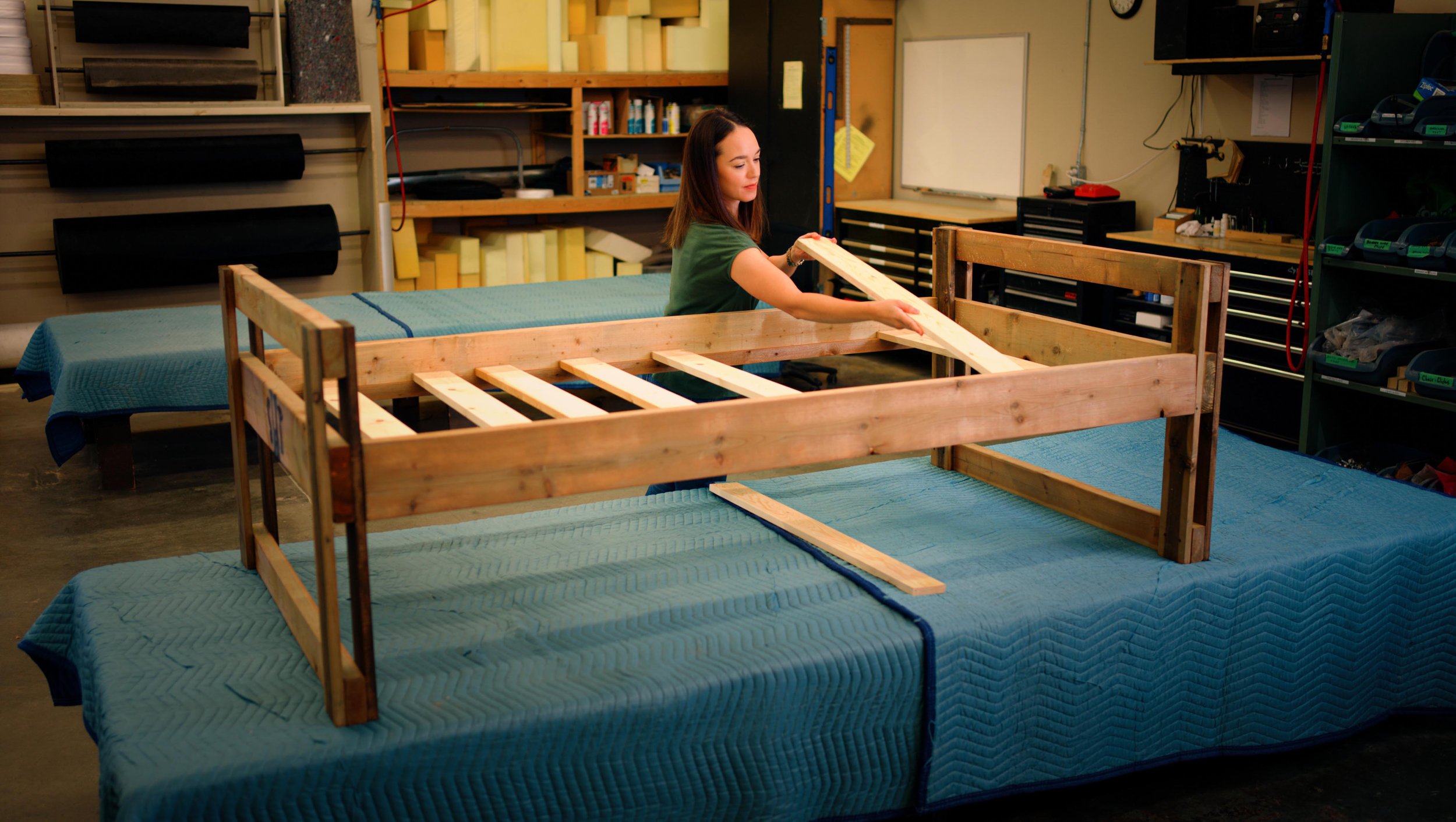
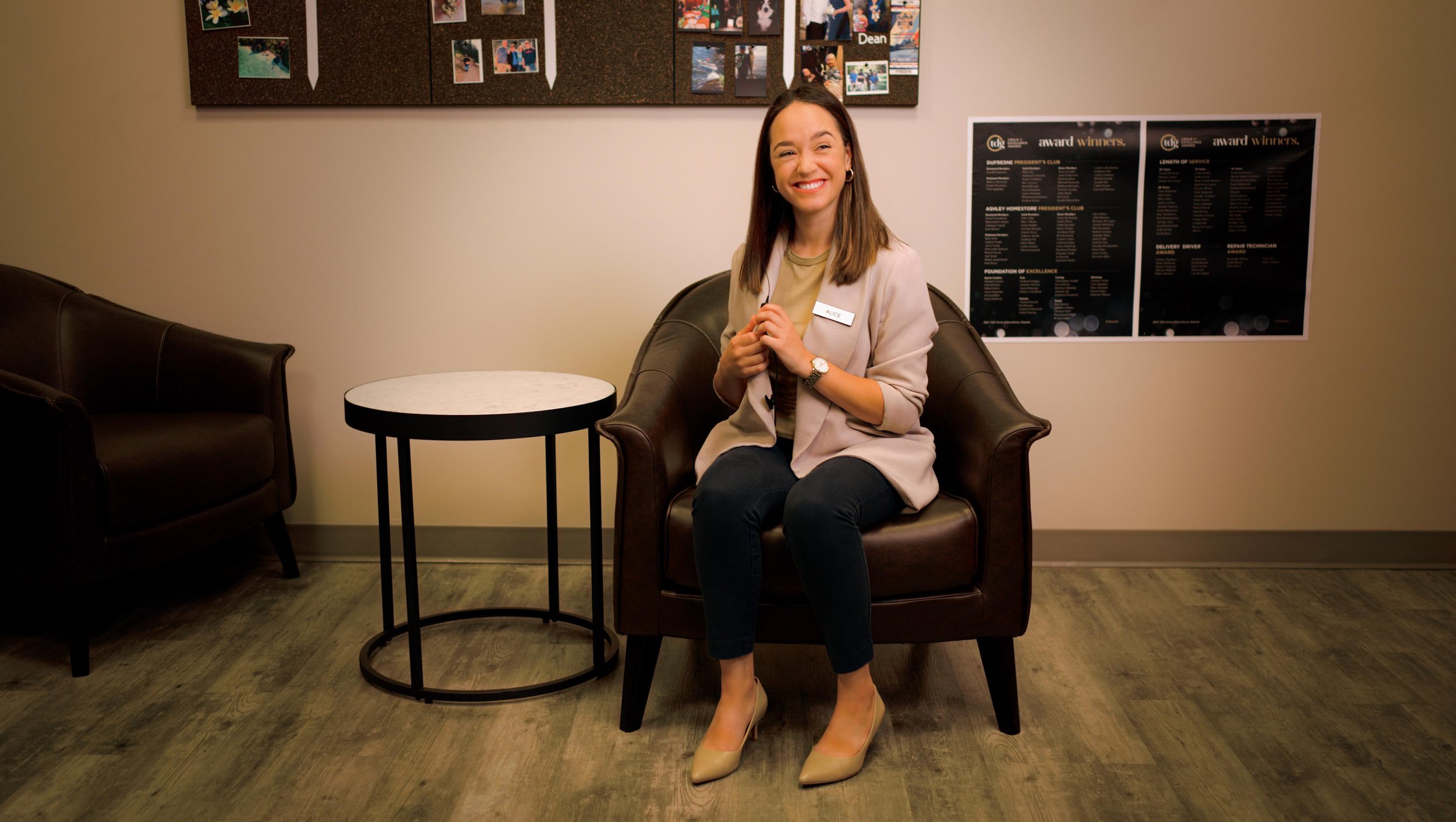
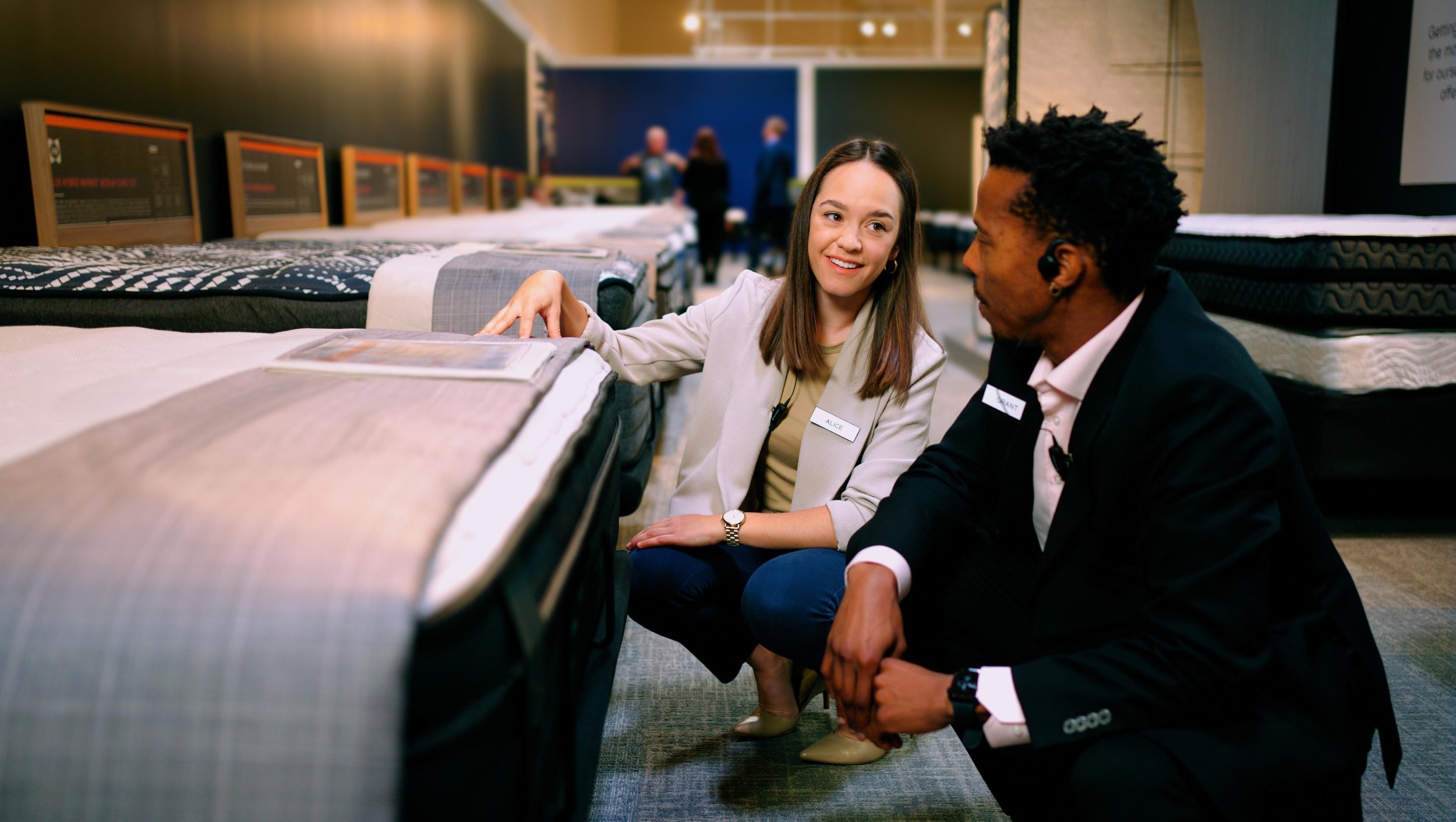

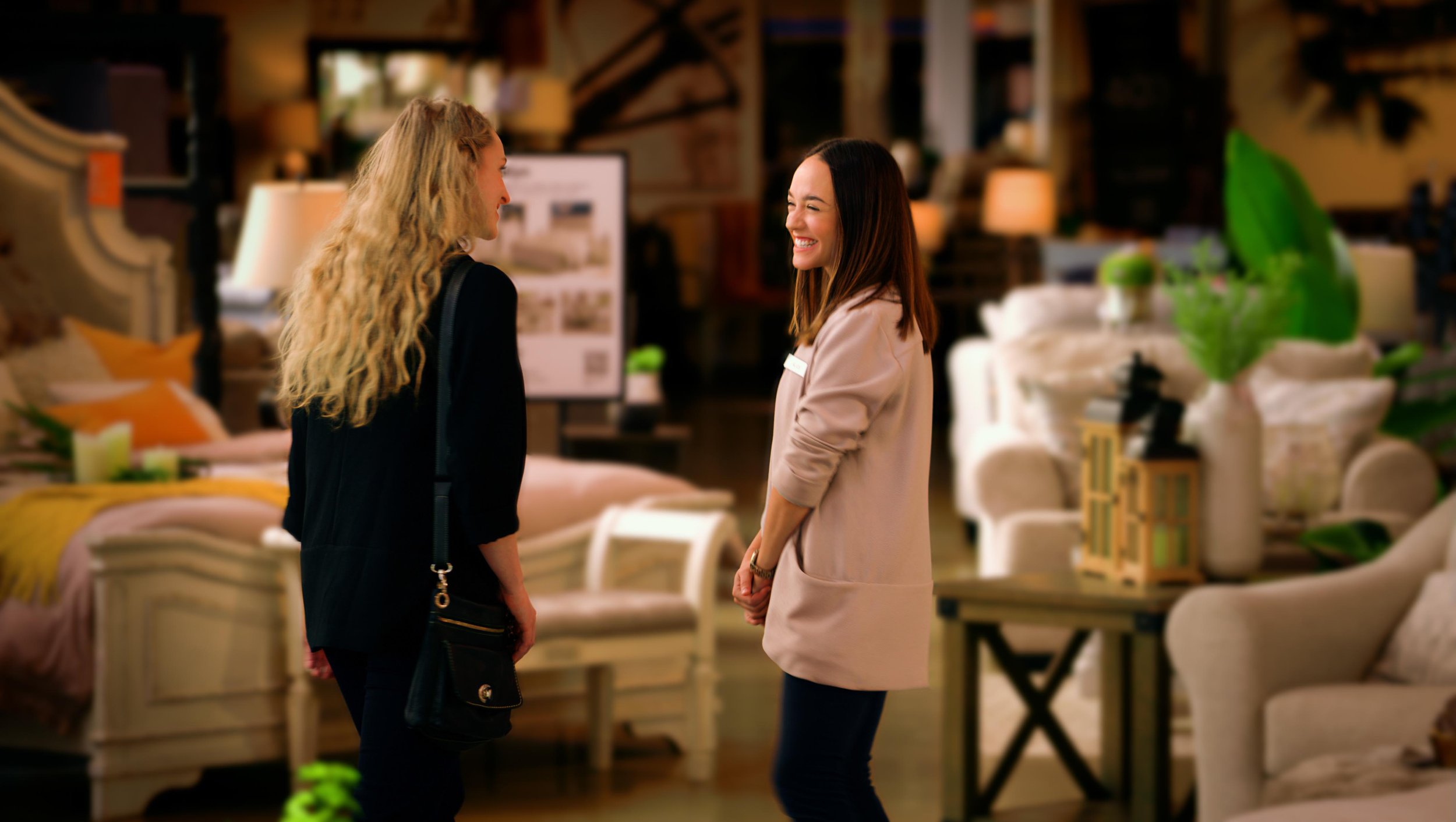

What is Previsualization?
Previsualization, or creating 'previz' as often shortened, is the visualizing of scenes or sequences of a visual work before its creation. Previsualization is essential in many creative disciplines, including animation, performing arts, game design, and photography. In my line of work, commercial video production, previz is essential to affirm your visual concepts, assuring the client of the production direction, and even to use as a guide on the day of filming.
Previsualization stills can help you evaluate shot composition, direction, and tone. In the preproduction stage, you can determine a location's potential for lighting, actor blocking, and scene pacing. When in doubt, it’s always better to be prepared.
This image compares a Previz photograph of myself (left) with the final product. Notice how similar the composition is.
My Previsualization Stills Workflow
It is often my preference to create photographic previz to use for my storyboards. I take picture for each key scene in my video, and place them in a sequence which allows me to visualize the final product. This action usually requires the use of actors or photography stand-ins. However, it is common for me to stand in for the previsualization of smaller productions. To do this, I take pictures of myself in approximately the same position I expect my actors to be in during the main production.
Some common examples of previsualization include traditional hand-drawn storyboards, sketches, and graphical mockups. When making previz, you can be as detailed or general as you like. It all depends on the production.
In this scene I wanted the customer to continue shopping over Alice’s shoulder while she approached the camera to speak into her device. In the previsualization shot I left room for the background actress and determined it would be enough to work for the shot.
Tools for Previsualization Stills
Let's take a look at the tools I used for previsualization stills on this production.
My tools:
Sony FX3 Cinema Camera
Sigma 24-70 Zoom Lens
Manfrotto MT290LTA3 Tripod
Monitor+ Camera Companion App
For me, the FX3 Cinema Camera is an excellent tool for previsualization because it mirrors the image size and quality of the cameras farther up Sony's hierarchy of video quality. With it, I get the exact image size and depth of field that I would with the FX6 or FX9 cameras. Moreover, this camera is a small but powerful package which can fit inside a gear bag when travelling to a film location.
But a powerful pocket camera is optional for this type of work. However, a basic stills camera, even a phone, can take excellent preproduction photographs, which will go a long way in helping your production. I also use a standard range zoom lens for previz, because it allows me to emulate the focal length of some of the most popular focal length prime lenses. A study, but light tripod allows me to move my kit from one location to the next with ease.
This was an interesting shot for me, as it was the only one to use a wide angle lens. I thought that the angled V background could create some interesting depth, and it did not disappoint.
Without actors blocking your scenes, you sometimes must stand in for your previz. To do this and still view the camera can take time and effort. Fortunately, many apps are available to connect wireless to your camera, allowing you to view the camera's feed from your phone or device. For example, I use the Monitor+ app, a third-party app for Sony cameras.
The previsualization photo told me that I was using a focal length that was too long. I changed out my 70mm for a 35mm and got a much better result.
So you've arrived on location and taken the time to shoot some previsualization stills either by yourself or with someone else. Now what? Now you have a great idea of what your shots will look like and, more importantly, if they will work during an actual film shoot. Take note not just of the composition but the world around you. Will this shot be affected by the time of day? Can I expect this area to sound the same tomorrow? There's a lot of planning to do when it comes to previsualization that goes beyond making your shot 'look' its best. Ultimately, this work will help you answer questions you may have when going into an important shoot.
Have you noticed how all my previsualization shots are warmer in colour than the final product?
I originally wanted an orange-saturated colour grade on the footage. I went into the previsualization stage with this concept, so to help me visualize it, I shifted the camera's colour temperature to make it warmer. However, I decided to go for a more natural grade because of the information I got from the previz.
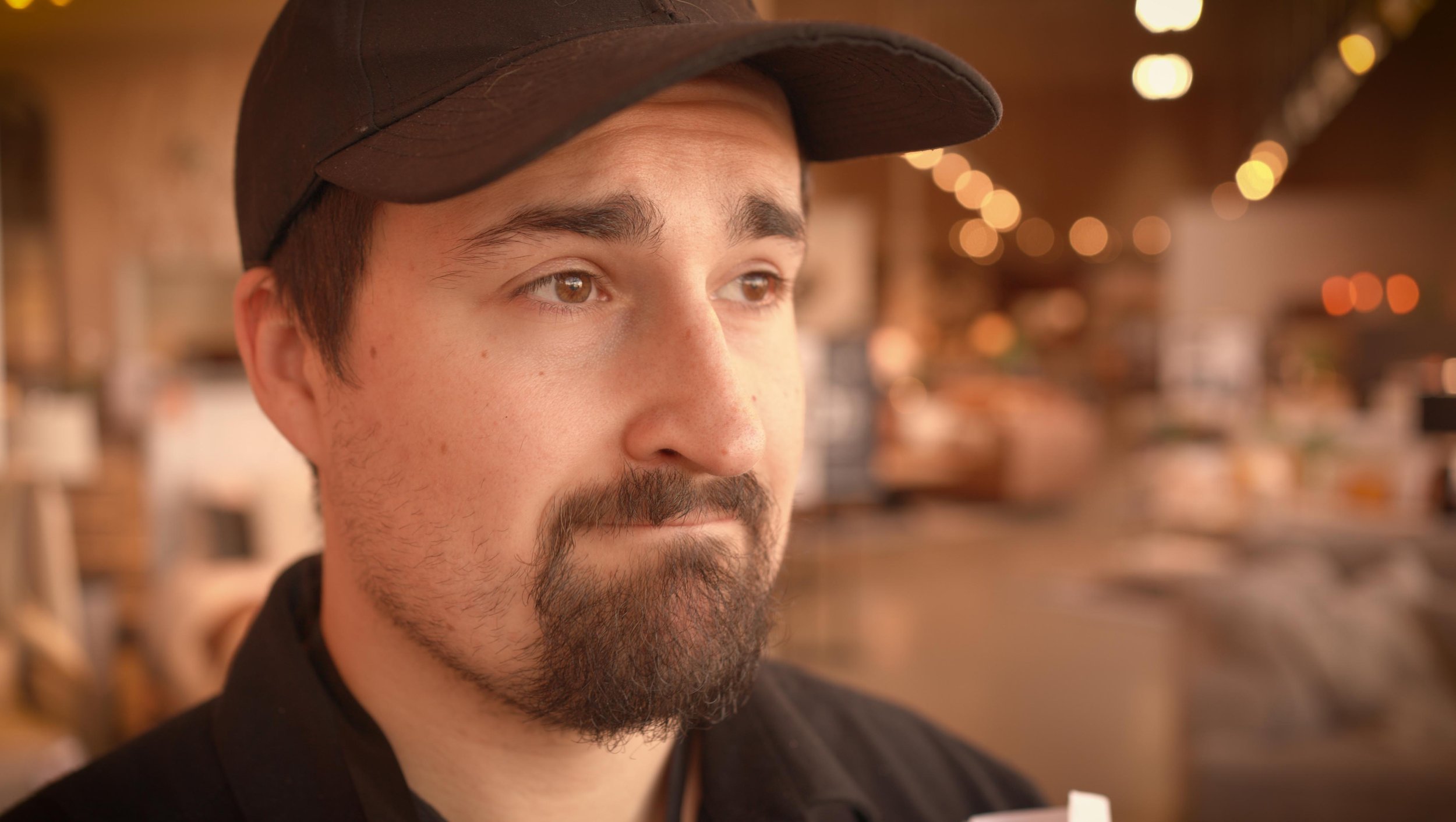
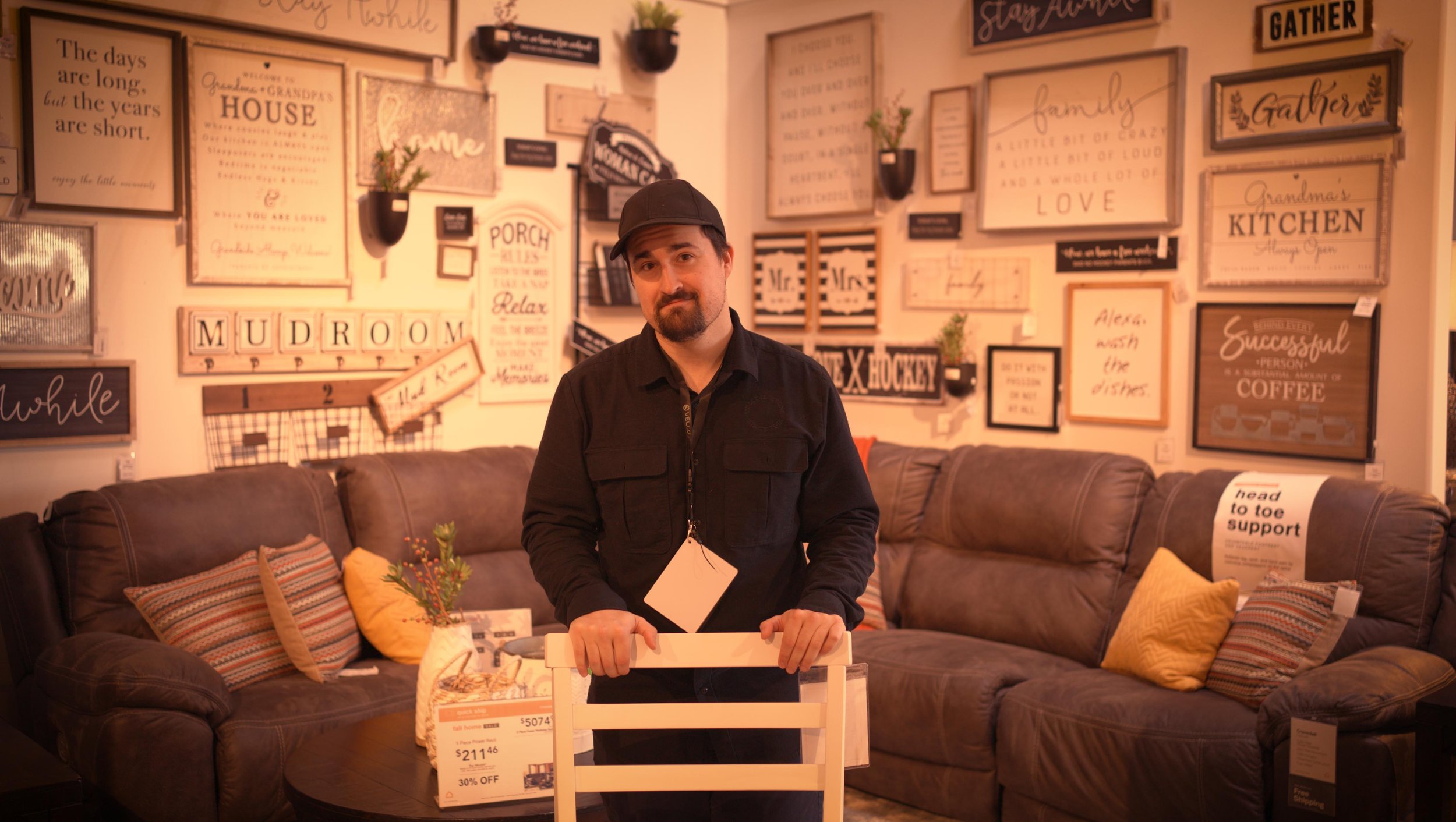
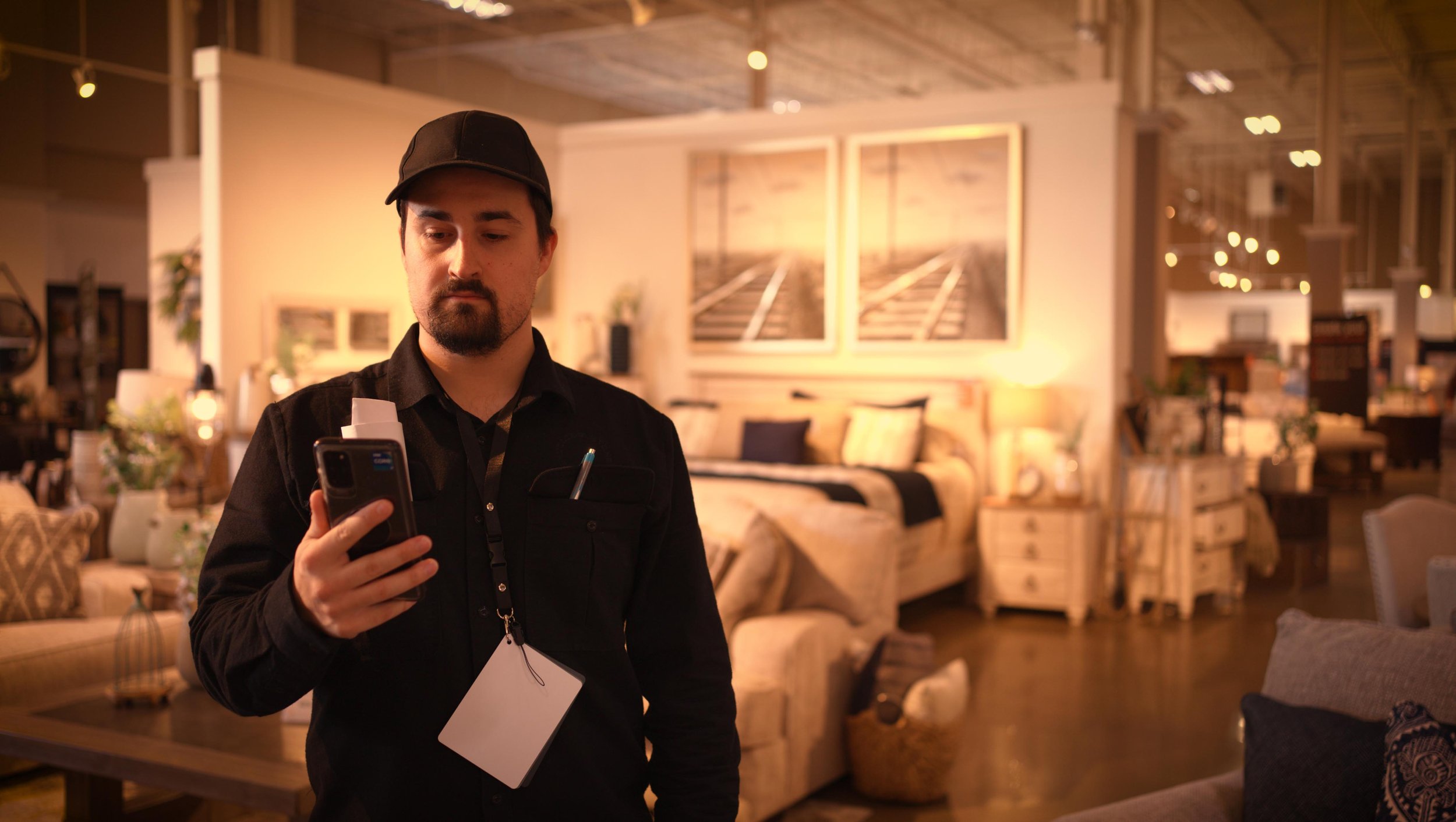
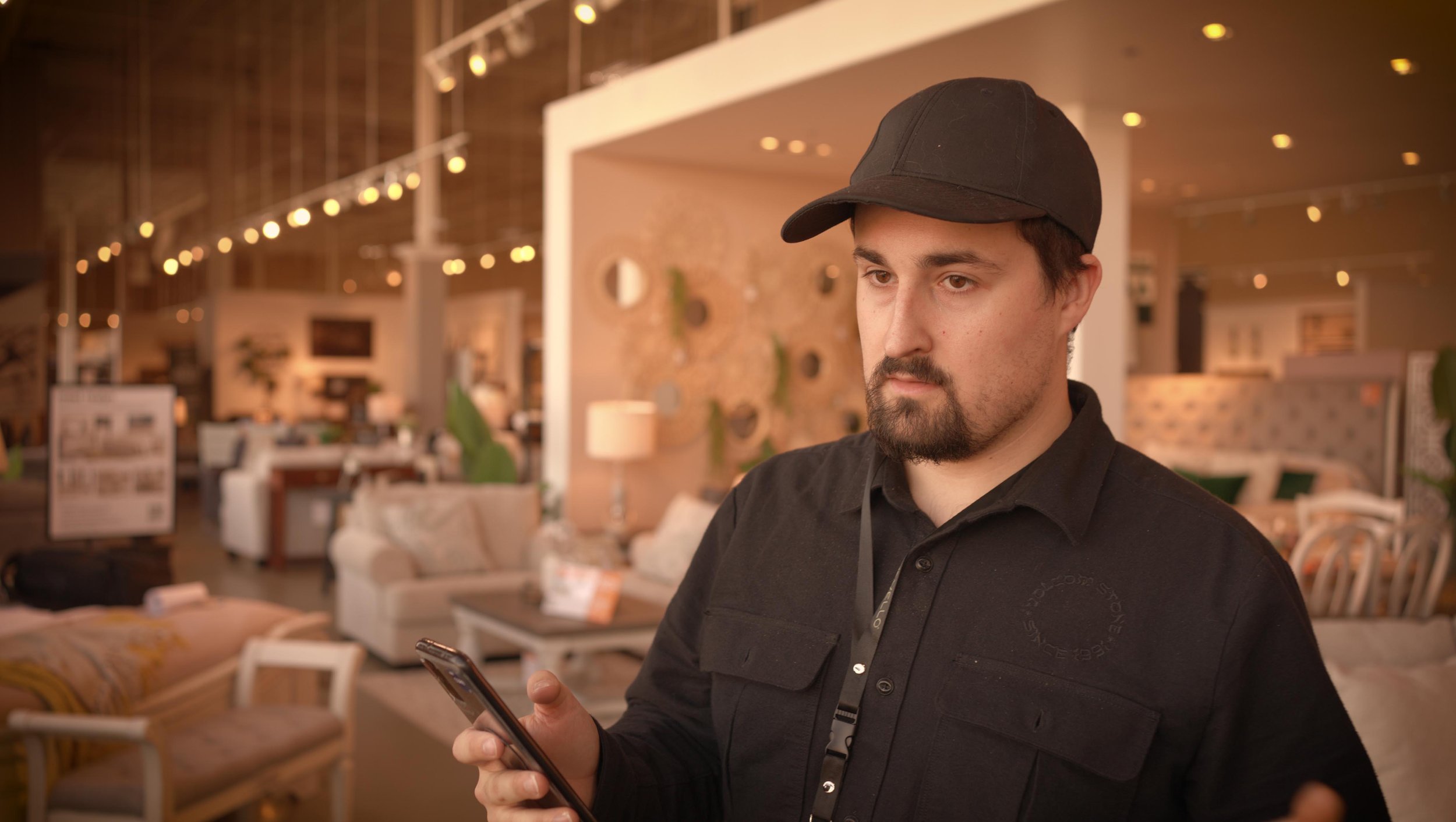
This commercial series was produced for Ashley HomeStore Canada. The series is centered around the day-to-day life of a sales associate and the process of selling furniture. I shot this project in Winnipeg, Manitoba utilizing local talent and crew for a single day of production.
Josh Diaz is a filmmaker and video editor based in Winnipeg, Manitoba.
Have a question? Tweet at me or shoot me a DM on twitter to talk about video production.



